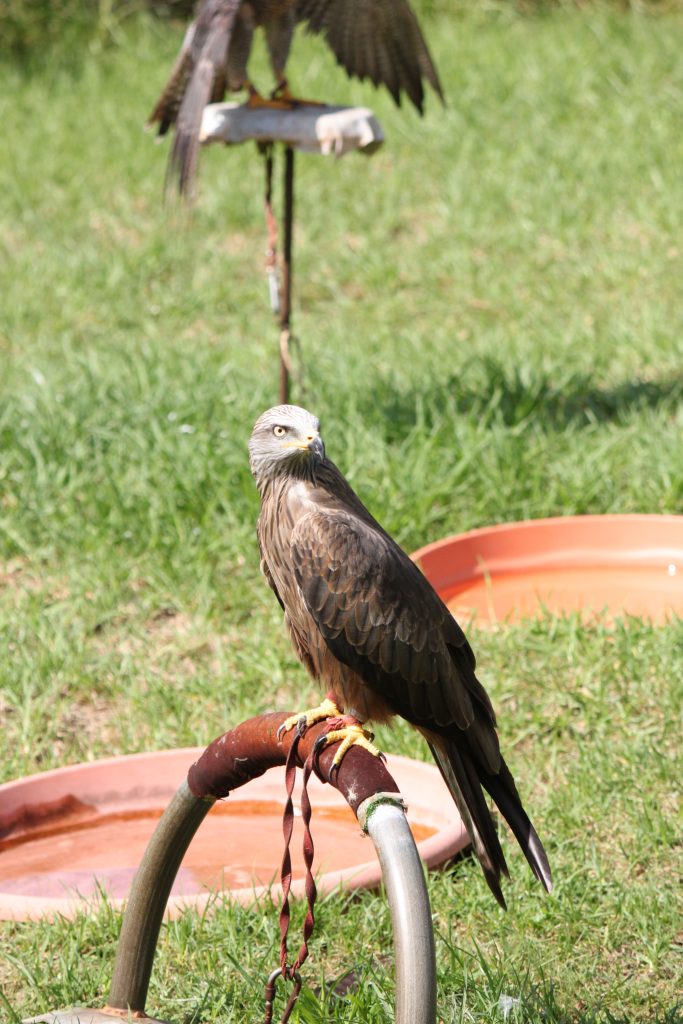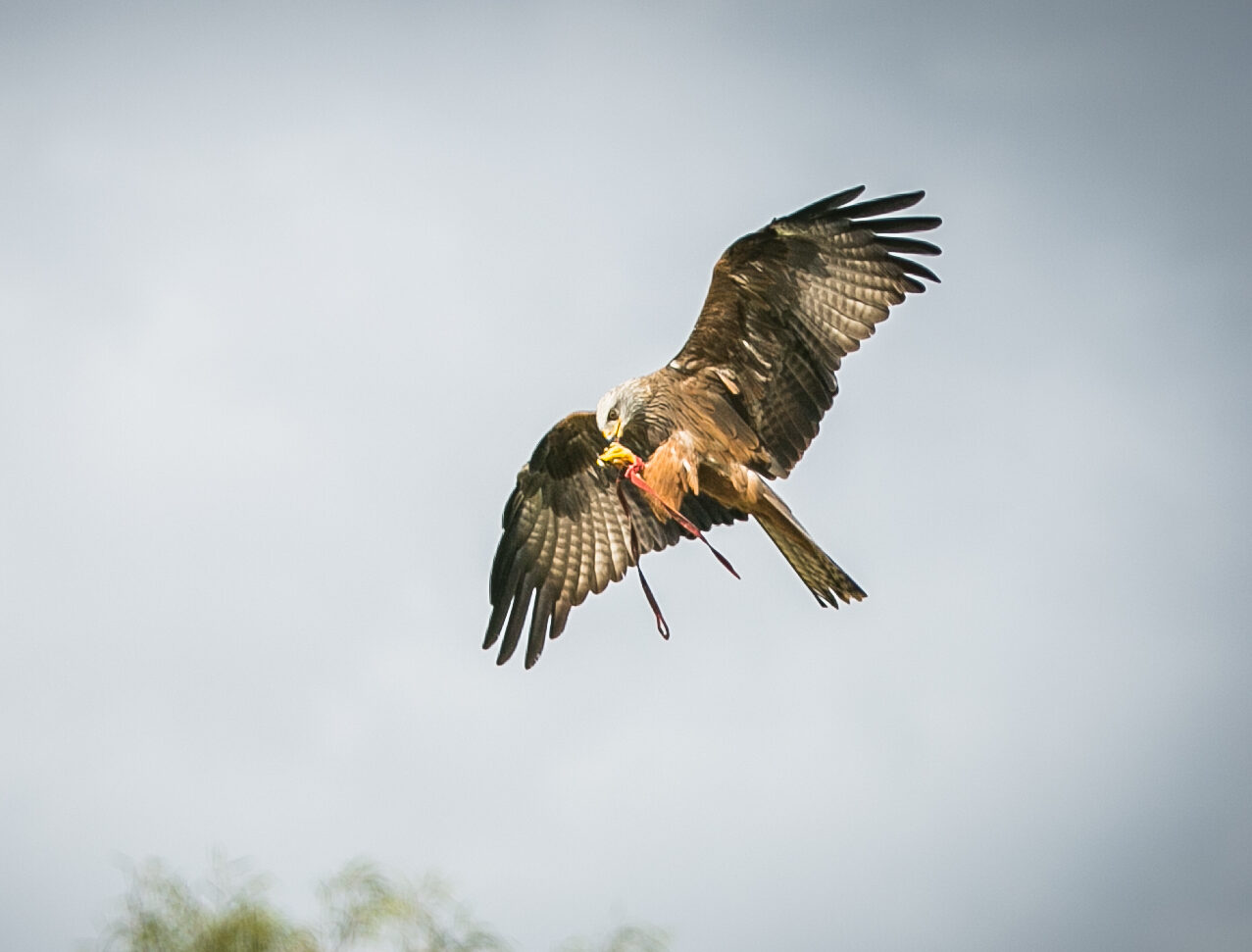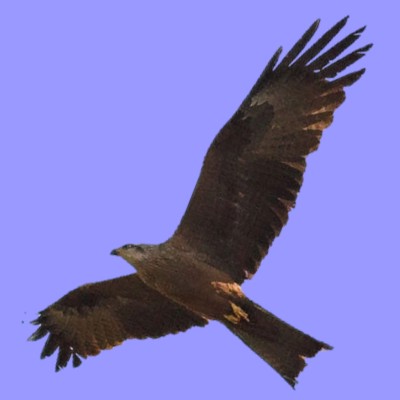It is one of the most abundant birds of prey in the old world.
Physical Features
They have a length of 50 to 60 cm and a wingspan of about 150 cm, reaching a weight of about 750 grams as adults.
Its plumage differs from that of the red kite in that the black kite is darker in colour, with grey and black feathers on the head, and brownish on their back. The belly takes on more reddish tones.
Habitat
Its wide distribution covers almost all continents: Europe, Asia, Africa and Oceania, with the exception of regions with extreme climates such as Norway, Finland, northern Russia and the American continent.
It lives in areas of varied terrain and vegetation, but prefers open areas with trees and a nearby water source or steep cliffs.
Diet
Their legs and claws are weaker and smaller than other birds of prey and therefore their diet, which varies from species to species, consists of very small animals such as small birds, insects, small rodents or carrion.
Reproduction
They usually nest on mountain crags or in trees and lay one to five eggs, which take approximately thirty days to hatch.
They build their nests in trees or tall structures, mainly using dry branches.
Behaviour
They are birds that remain in groups and it is not difficult to see summer roosts where thousands of specimens can be seen together.
They make large migrations, as is the case of the subspecies M.migrans migrans, which inhabits the Iberian Peninsula and spends the winter in tropical Africa.
Threats
Habitat destruction and food shortages due to urban development, climate change, accidental poisoning with agricultural pesticides and accidents with wind turbines are the main threats.
Status and conservation
It is one of the most abundant birds of prey in Europe, Africa and Asia, but like all birds of prey it is protected by the CITES convention.
In Spain, the Red Book of Birds lists it as “near threatened”.
And the National Catalogue of Threatened Species as “of special interest”.
Included in Appendix II of the CITES Convention.
Classified as Least Concern (LC) in the IUCN Red List.





